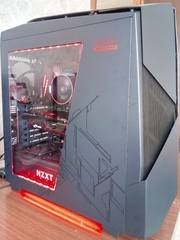Front panel Power and HDD LED Voltages
Go to solution
Solved by Quaker,
6 minutes ago, Vamprie said:So my 2.3V LEDs should work?
All LEDs (and all diodes, for that matter) have a basic "junction voltage" which varies around 1.8 to 2.5 volts (or so). The limiting resistor is designed to limit the current through the diode to it's safe operating level. So, yes, they should work unless they are large LEDs designed for high current and high brightness.

















Create an account or sign in to comment
You need to be a member in order to leave a comment
Create an account
Sign up for a new account in our community. It's easy!
Register a new accountSign in
Already have an account? Sign in here.
Sign In Now